SAFETY / CAR CARE
How to use neutral gear automatic car
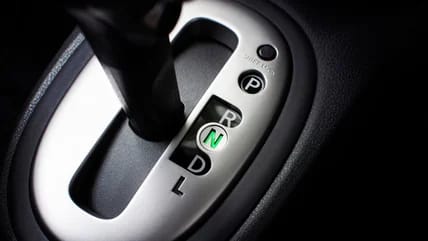
Driving a car with an automatic transmission is more straightforward than a manual gearbox. Unlike the latter, which requires mastering the clutch pedal with your left foot and pressing the gas with your right, an automatic gearbox deploys the gearshifts automatically, hence the name.
The automatic has four selectable modes: Park (P), Reverse (R), Neutral (N), and Drive (D). Others may have a Sports (S) or Low (L) mode, but all automatic cars have P, R, N, and D settings.
Most of the settings are obvious. Park locks the transmission when exiting the vehicle or after parking. Meanwhile, Reverse engages the reverse gear and should be selected when backing from a spot, and Drive is for moving forward.
In addition, some vehicles have a lock button in the gear selector that drivers need to press when shifting from P to R or R to D. At the same time, cars with gated automatic shifters have relocated the lock button to the gas pedal (which requires drivers to press on the brake before moving the selector lever).
But what about Neutral? And more importantly, how and when should you shift to Neutral when driving an automatic car?
Neutral in an automatic car disengages the transmission from the engine. Neutral is an intermediary between reverse and drive. Since automatic cars should be at a complete stop before shifting from P to R or D to R (or vice-versa), Neutral disengages the forward or reverse gear and prevents gearbox damage when moving abruptly between forward or reverse gears.
Shifting into neutral does not lock the driving wheels, while Park does. In Neutral, you can rev the engine without moving the wheels, and it’s possible to move the car by pushing. It’s a bad idea to change to Neutral from Drive when the vehicle moves or coasts downhill, and it’s something you should stop doing if driving an automatic vehicle.
Shifting into neutral is recommended when the vehicle is stuck or the gas and brake pedals are not working. If you get stuck in snow or mud, selecting Neutral makes pushing or towing the car easier.
Moreover, if the pedals are unresponsive (or in cases of sudden unintended acceleration), shifting into Neutral slows down the car.
Finally, should you use neutral in stop lights or keep the gearbox in Drive? It is okay to keep it in drive on relatively shorter stops, like waiting at stop lights. But shifting into Neutral or Park is better for longer stops. However, do not forget to use the parking brake whenever the car is in neutral or park.
-

 AVIATION5 years ago
AVIATION5 years agoPhoto News: Air Peace commence flight operations to South Africa
-
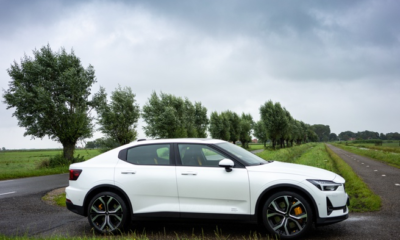
 Car News5 years ago
Car News5 years agoPolestar is recalls over 2000 electric cars due to software bug
-

 RAIL5 years ago
RAIL5 years ago36 Killed in Pakistan Train Accident
-

 Technology5 years ago
Technology5 years agoCommon mistakes in CO₂ emissions calculations
-
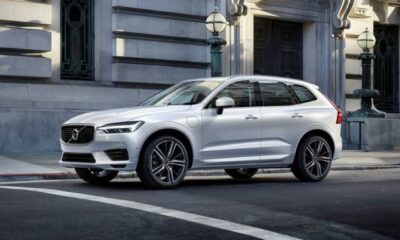
 Business5 years ago
Business5 years ago2016 Volvo XC60 review and specifications
-

 Reviews5 years ago
Reviews5 years ago2021 Audi A6 Specifications and Review
-
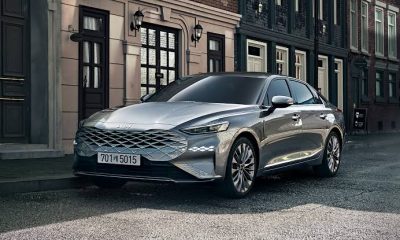
 Reviews3 years ago
Reviews3 years agoDebutant Kia’s new K8 sedan benchmarks luxury, safety
-
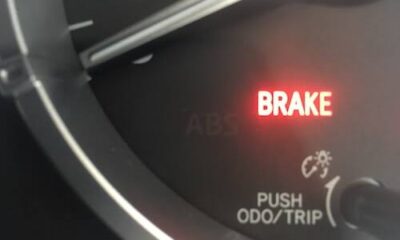
 SAFETY / CAR CARE5 years ago
SAFETY / CAR CARE5 years agoHandbrake warning light; what it means and what to do
